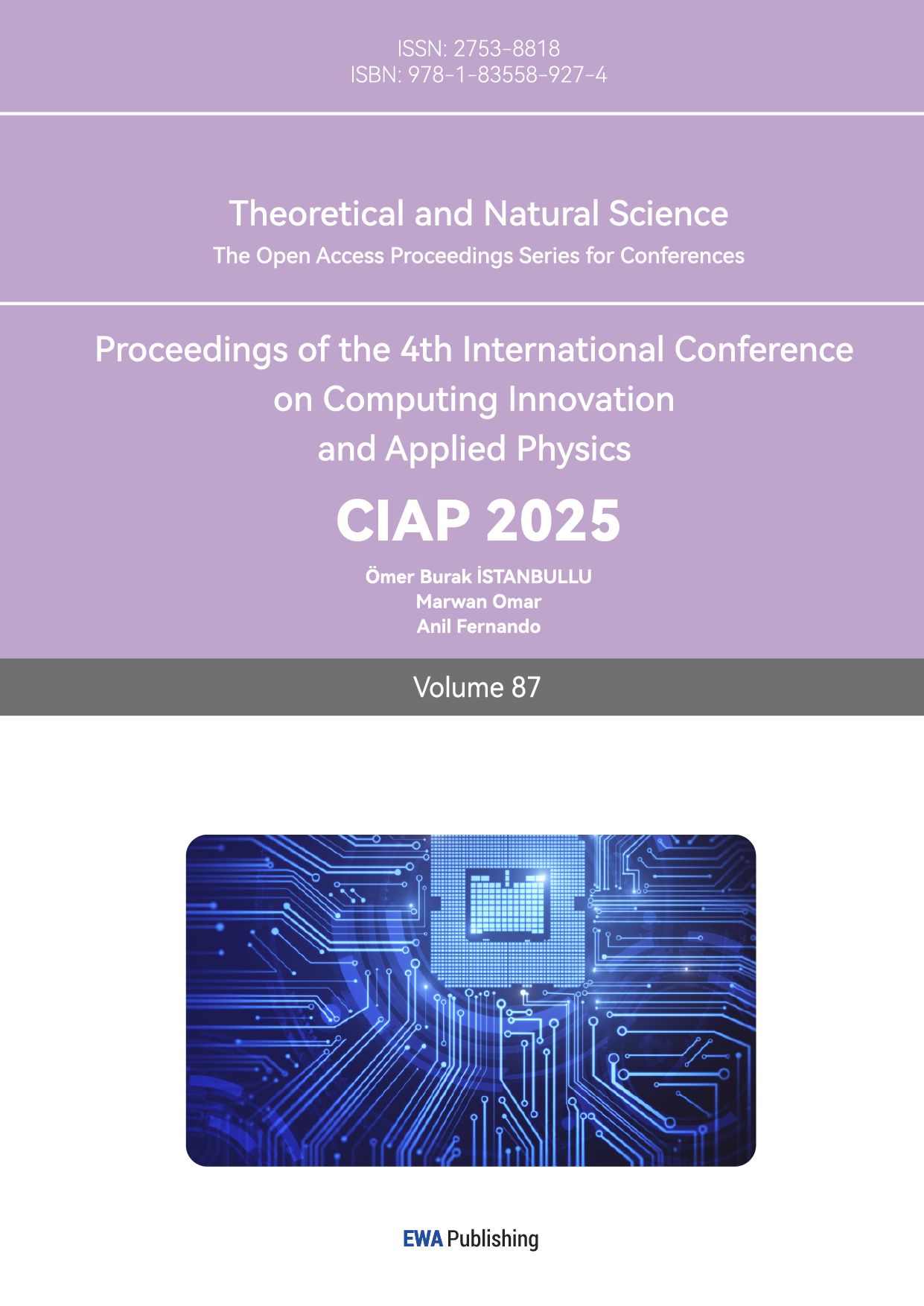1. Introduction
Electric vehicles (EVs) include BEVs, hybrid electric vehicles (HEVs), range extended electric vehicles (REEVs), and fuel cell electric vehicles (FCEVs). This article focusses on BEVs, which are fully powered by electric motors [1]. According to the International Energy Agency's Global EV Outlook 2024, electric vehicles are projected to make up 20% of vehicle sales in 2024, totalling 17 million units worldwide. Sales in the first quarter of 2024 were 25% higher than in the same period of 2023. BEV drivers depend heavily on the mileage display, more so than drivers of fuel-powered vehicles, and this significantly impacts their purchasing decisions [2, 3]. Therefore, increasing the driving range of BEVs on a single charge will boost consumer interest, with a 1% increase in effective travel distance leading to a 0.9156% higher likelihood of consumers choosing BEVs [4]. While many studies have examined the impact of certain angles and exterior components on a vehicle’s Cd, there is still a lack of comparative research on MPV designs and existing models in the market. This paper studies two typical MPVs, the Li Auto Mega and ZEEKR 009, to analyze how their design differences affect aerodynamic performance, potentially offering valuable insights for future MPV designs.
2. Li Auto MEGA and ZEEKR 009’s battery comparison and power consumption comparison
The Li Auto mega (hereafter referred to as mega) and the ZEEKR 009 (hereafter referred to as 009) are used as examples of a low-drag, high-efficiency MPV and a traditional MPV, respectively. The chart shows that the difference in weight between the two is minimal, with the Mega being only 2 kg heavier than the 009. Both vehicles use ternary lithium batteries from Contemporary Amperex Technology Co., Limited (CATL) as their power source. The Mega has a battery capacity of 102.7 kWh, while the 009 has a 140 kWh battery. The Mega has a CLTC range of 710 km, compared to the 009’s 900 km range. Based on calculations, the Mega consumes 14.46 kWh per 100 km, while the 009 consumes 15.56 kWh per 100 km. There is a significant difference in their drag coefficient (hereafter referred to as Cd): the Mega's Cd is 0.215, while the 009's Cd is 0.27. This demonstrates that the Cd greatly impacts a vehicle's energy efficiency, specifically its power consumption per 100 kilometers. Therefore, exploring ways to reduce the Cd to increase vehicle range, while maintaining the same battery capacity, is highly valuable. This paper will analyze the key differences between the Mega and the 009 to explore how Mega achieves its lower Cd [5, 6]. (All data discussed in this paragraph is presented in Table 1.)
Table 1: Comparison of parameters of mega and 009 [5, 6]
Model | Li Auto mega 2024 ULTRA | ZEEKR 009 2024 140kWh |
Cube weight(kg) | 2785 | 2783 |
Battery type | Ternary lithium battery | Ternary lithium battery |
Battery manufacturer | CATL | CATL |
Battery capacity(kWh) | 102.7 | 140 |
CLTC range(km) | 710 | 900 |
Power consumption per 100 kilometers(kWh) | 14.46 | 15.56 |
Cd | 0.215 | 0.27 |
3. Comparison of key parameters of the locomotive
3.1. Front windshield angle
Measurements show that the front windshield angle of the Mega is 28.16° (shown in Fig. 2), while that of the 009 is 30.38° (shown in Fig. 1). According to research by Yang et al., a smaller front windshield angle results in a lower Cd [7]. Therefore, the small angle in the Mega’s design is more advantageous for aerodynamics.
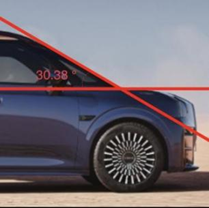
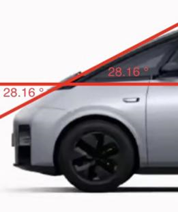
Figure 1: Front windshield angle of 009 Figure 2: Front windshield angle of mega.
3.2. Front cover angle
The front hood angle of the Mega is 28.16° (shown in Fig. 2), compared to 11.89° for the 009 (shown in Fig. 3). Yang et al. also found that a larger front hood angle leads to a lower Cd (shown in Fig. 4) [7]. As a result, the Mega's larger front hood angle is considered a superior design for reducing drag.
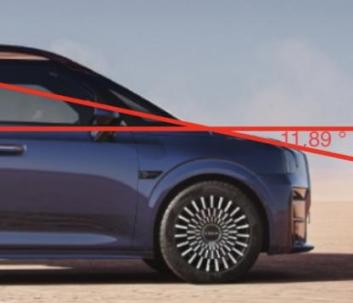
Figure 3: Front cover angle of 009
3.3. Angle between front hood and front windshield
The angle between the front hoods and windshield on the 009 is 155.37 (shown in Fig. 4), while in the Mega, the two surfaces are on the same plane, creating a180 angle (shown in Fig. 5) [8]. According to research by Yingjie Fu, reducing this angle can reduce Cd (shown in Fig. 6) [8]. Therefore, the Mega’s design with a larger angle between these two surfaces is considered better.
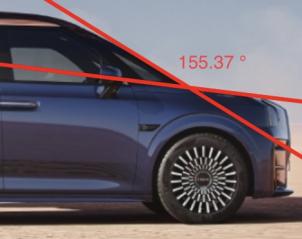
Figure 4: Angle between front windshield and the front cover of 009
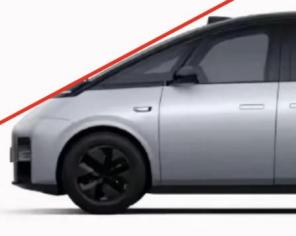
Figure 5: Angle between front windshield and the front cover of mega
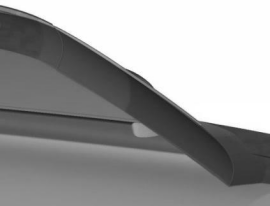
Figure 6: The angle between the front windshield and the cover and top cover [8]
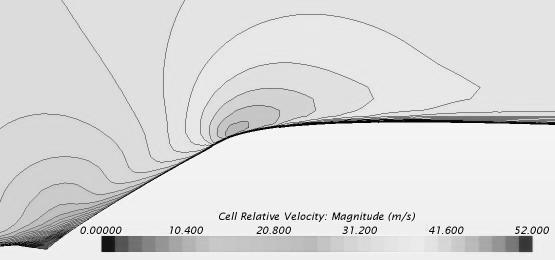
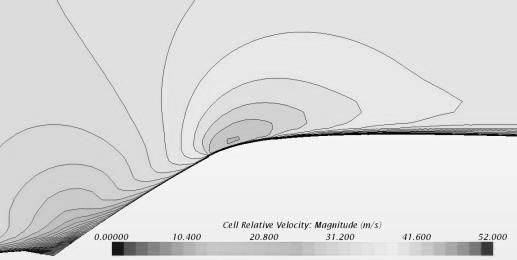
Figure 7: The distribution of the speed cloud map before and after the front windshield modification[8]
3.4. Vehicle front nose height
Comparing the nose height of the Mega and the 009 (shown in Fig. 8) shows a significant difference, with the Mega having a much lower. Research by Jodiputra et al. indicates that a lower nose design is optimal for reducing Cd [9]. Yingjie Fu's study also highlights that lowering the front nose height helps reduce pressure buildup at the front of the vehicle, preventing premature airflow separation and allowing smoother airflow over the car’s front (shown in Fig. 9 and Fig. 10) [8]. Li et al. also support the idea that a lower front nose contributes to a lower Cd [10]. This confirms that the Mega's low nose design helps achieve a lower Cd.
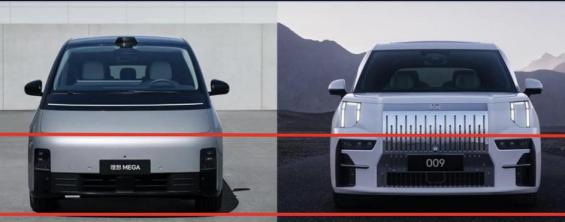
Figure 8: Comparison of the height of the front nose of the mega and the 009
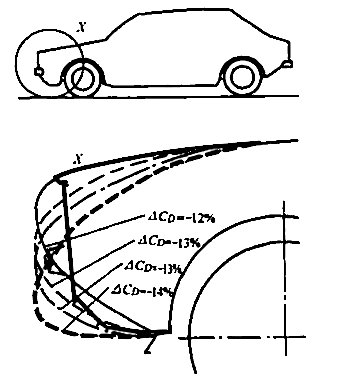
Figure 9: The influence of the change of the head height on the drag coefficient of the whole vehicle [8]
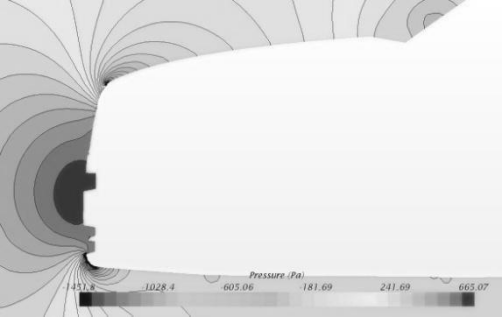
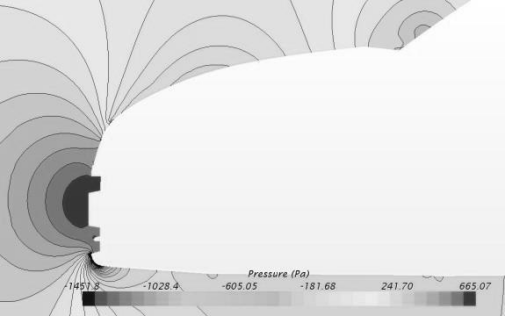
Figure 10: The comparison of the pneumatic pressure [8]
4. Comparison of key body parameters
4.1. Rear roof dip angle
Comparing two vehicles, the Mega (shown in Fig. 11) has a roof that rises at the front and slopes down at the rear, forming an overall upward curve, while the 009 (shown in Fig. 12) has a flat roof design. According to research by Lujun Liu, vehicles with an upward curve roof design have better aerodynamics and a lower Cd (shown in Fig. 13) [11]. Li et al. also suggest that a lower rear roof design helps reduce Cd [10].
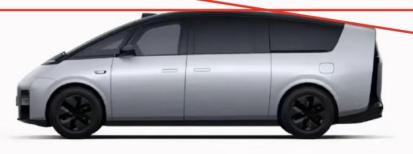
Figure 11: Mega’s roof line
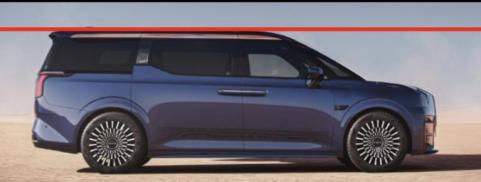
Figure 12: 009’s roof line
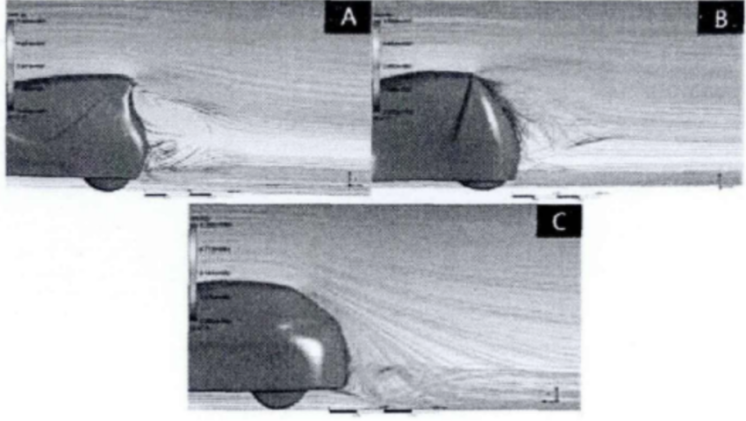
Figure 13: Comparison of aerodynamic performance of three roof line designs [11]
4.2. Rear spoiler
Observing the rear of both cars, the Mega has a structural resembling a spoiler at the back (shown in Fig. 14), which fully wraps around the rear feature lines, while the 009 lacks such a design (shown in Fig. 15). According to research by Frearis et al., a properly designed spoiler helps promote airflow separation at the rear, reducing the low-pressure area caused by air clinging to the back of the car, thereby lowering Cd (shown in Fig. 16 and Fig. 17) [12].
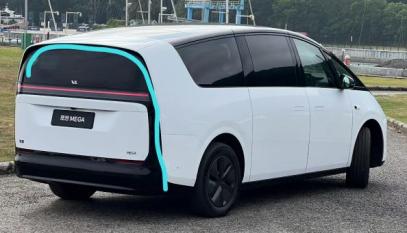
Figure 14: Rear design of mega (the part mentioned in this paragragh have been highlighted by blue line).
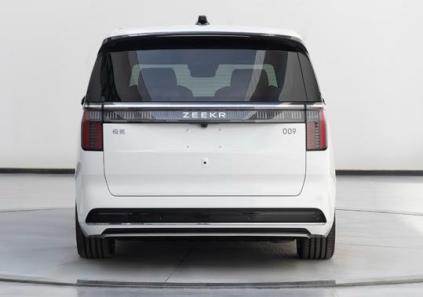
Figure 15: Rear design of 009
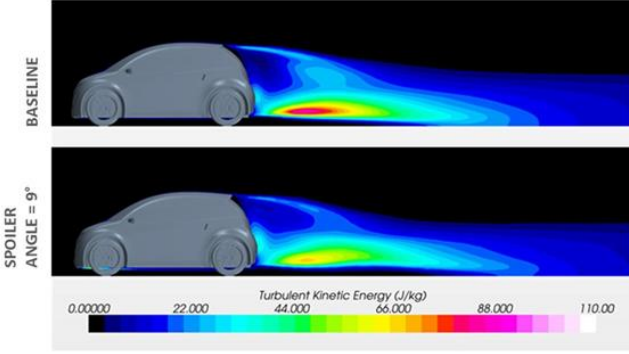
Figure 16: Turbulent kinetic energy in the wake of the vehicle in baseline and 9◦ spoiler mode[12]
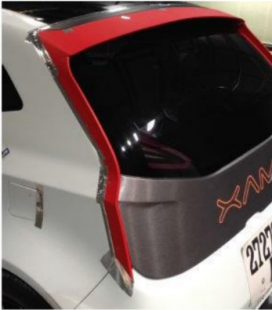
Figure 17: Spoiler used in research by Frearis et al[12]
5. Conclusion
The Mega's design offers superior aerodynamic performance compared to the 009 in several key areas: a better angle for the front windshield and hood, a unique angle between the windshield and hood, a lower front nose, an upswept roof design, and a rear feature line resembling a spoiler. These bolder and innovative design choices contribute to a lower Cd, providing valuable insights for manufacturers currently producing and planning to produce MPVs. Due to equipment and computing power limitations, this paper focusses on a qualitative analysis of the impact of design differences on aerodynamic performance without diving into quantitative calculation or software simulations. In the future, if experimental equipment or simulation tools become available, more robust data could be gathered to strengthen the findings.
References
[1]. GB/T 19596-2017, Terminology of electric vehicles[S].
[2]. Jung, M. F., Sirkin, D., Gür, T. M., & Steinert, M. (2015, April). Displayed uncertainty improves driving experience and behavior: The case of range anxiety in an electric car. In Proceedings of the 33rd Annual ACM Conference on Human Factors in Computing Systems (pp. 2201-2210).
[3]. Bunch, D. S., Bradley, M., Golob, T. F., Kitamura, R., & Occhiuzzo, G. P. (1993). Demand for clean-fuel vehicles in California: a discrete-choice stated preference pilot project. Transportation Research Part A: Policy and Practice, 27(3), 237-253.
[4]. SUN Ye & LIU Kai. (2017). Impact of Mileage Anxiety on Intention to Use Pure Electric Vehicle. Journal of Wuhan University of Technology(Transportation Science&Engineering) (01), 87-91.
[5]. ZEEKR. https://www.zeekrlife.com/home ZEEKR Official website
[6]. Li Auto. https://www.lixiang.com/#li Li Auto Official website
[7]. WANG Jia, YANG Zhigang & ZHU Hui. (2013). Simulation Analysis of Effect of Typical Angels on Automotive Aerodynamic drag. Computer Integrated Manufacturing Systems(10), 184-188.
[8]. Fu, Y. (2023). Aerodynamics and Drag of a Car. Highlights in Science, Engineering and Technology, 46, 63-70.
[9]. Jodiputra, J., Tobing, S., Gunawan, H., & Andika, M. G. (2021). Study on Drag Coefficient (CD) Value of Low-Energy Prototype Class Car. Journal of Mechanical Engineering (JMechE), 17(2), 109-128.
[10]. LI Yanlong, ZHU Hui & YANG Zhigang. (2017). Electric Car Design Based on Low Darg. Journal of Tongji University(Nautual Science) (09), 1366-1371.
[11]. LIU Lujun. (2016). Low-air-resistance and Lightweight Electric Concept Vehicle Body Styling Design (A Dissertation Submitted to Southeast University For the Academic Degree of Master of Engineering).
[12]. Ferraris, A., Airale, A. G., Berti Polato, D., Messana, A., Xu, S., Massai, P., & Carello, M. (2019, June). City car drag reduction by means of shape optimization and add-on devices. In IFToMM World Congress on Mechanism and Machine Science (pp. 3721-3730). Cham: Springer International Publishing.
[13]. IEA (2024), Global EV Outlook 2024, IEA, Paris https://www.iea.org/reports/global-ev-outlook-2024, Licence: CC BY 4.0
[14]. Abdellah, E., & Wang, B. (2017, September). CFD analysis on effect of front windshield angle on aerodynamic drag. In IOP Conference Series: Materials Science and Engineering (Vol. 231, No. 1, p. 012173). IOP Publishing.
[15]. Guo, L., Zhang, Y., & Shen, W. J. (2011). Simulation Analysis of Aerodynamics Characteristics of Different Two-Dimensional Automobile Shapes. J. Comput., 6(5), 999-1005.
[16]. Li, Y., & Zhu, H. (2019, July). A research on electric car styling design and low aerodynamic drag. In IOP Conference Series: Materials Science and Engineering(Vol. 573, No. 1, p. 012014). IOP Publishing.
Cite this article
Chen,J. (2025). Exploring the Design of Low Cd BEV by Comparing the Characteristic Parameters and Curves of the Li Auto Mega and ZEEKR 009. Theoretical and Natural Science,87,130-136.
Data availability
The datasets used and/or analyzed during the current study will be available from the authors upon reasonable request.
Disclaimer/Publisher's Note
The statements, opinions and data contained in all publications are solely those of the individual author(s) and contributor(s) and not of EWA Publishing and/or the editor(s). EWA Publishing and/or the editor(s) disclaim responsibility for any injury to people or property resulting from any ideas, methods, instructions or products referred to in the content.
About volume
Volume title: Proceedings of the 4th International Conference on Computing Innovation and Applied Physics
© 2024 by the author(s). Licensee EWA Publishing, Oxford, UK. This article is an open access article distributed under the terms and
conditions of the Creative Commons Attribution (CC BY) license. Authors who
publish this series agree to the following terms:
1. Authors retain copyright and grant the series right of first publication with the work simultaneously licensed under a Creative Commons
Attribution License that allows others to share the work with an acknowledgment of the work's authorship and initial publication in this
series.
2. Authors are able to enter into separate, additional contractual arrangements for the non-exclusive distribution of the series's published
version of the work (e.g., post it to an institutional repository or publish it in a book), with an acknowledgment of its initial
publication in this series.
3. Authors are permitted and encouraged to post their work online (e.g., in institutional repositories or on their website) prior to and
during the submission process, as it can lead to productive exchanges, as well as earlier and greater citation of published work (See
Open access policy for details).
References
[1]. GB/T 19596-2017, Terminology of electric vehicles[S].
[2]. Jung, M. F., Sirkin, D., Gür, T. M., & Steinert, M. (2015, April). Displayed uncertainty improves driving experience and behavior: The case of range anxiety in an electric car. In Proceedings of the 33rd Annual ACM Conference on Human Factors in Computing Systems (pp. 2201-2210).
[3]. Bunch, D. S., Bradley, M., Golob, T. F., Kitamura, R., & Occhiuzzo, G. P. (1993). Demand for clean-fuel vehicles in California: a discrete-choice stated preference pilot project. Transportation Research Part A: Policy and Practice, 27(3), 237-253.
[4]. SUN Ye & LIU Kai. (2017). Impact of Mileage Anxiety on Intention to Use Pure Electric Vehicle. Journal of Wuhan University of Technology(Transportation Science&Engineering) (01), 87-91.
[5]. ZEEKR. https://www.zeekrlife.com/home ZEEKR Official website
[6]. Li Auto. https://www.lixiang.com/#li Li Auto Official website
[7]. WANG Jia, YANG Zhigang & ZHU Hui. (2013). Simulation Analysis of Effect of Typical Angels on Automotive Aerodynamic drag. Computer Integrated Manufacturing Systems(10), 184-188.
[8]. Fu, Y. (2023). Aerodynamics and Drag of a Car. Highlights in Science, Engineering and Technology, 46, 63-70.
[9]. Jodiputra, J., Tobing, S., Gunawan, H., & Andika, M. G. (2021). Study on Drag Coefficient (CD) Value of Low-Energy Prototype Class Car. Journal of Mechanical Engineering (JMechE), 17(2), 109-128.
[10]. LI Yanlong, ZHU Hui & YANG Zhigang. (2017). Electric Car Design Based on Low Darg. Journal of Tongji University(Nautual Science) (09), 1366-1371.
[11]. LIU Lujun. (2016). Low-air-resistance and Lightweight Electric Concept Vehicle Body Styling Design (A Dissertation Submitted to Southeast University For the Academic Degree of Master of Engineering).
[12]. Ferraris, A., Airale, A. G., Berti Polato, D., Messana, A., Xu, S., Massai, P., & Carello, M. (2019, June). City car drag reduction by means of shape optimization and add-on devices. In IFToMM World Congress on Mechanism and Machine Science (pp. 3721-3730). Cham: Springer International Publishing.
[13]. IEA (2024), Global EV Outlook 2024, IEA, Paris https://www.iea.org/reports/global-ev-outlook-2024, Licence: CC BY 4.0
[14]. Abdellah, E., & Wang, B. (2017, September). CFD analysis on effect of front windshield angle on aerodynamic drag. In IOP Conference Series: Materials Science and Engineering (Vol. 231, No. 1, p. 012173). IOP Publishing.
[15]. Guo, L., Zhang, Y., & Shen, W. J. (2011). Simulation Analysis of Aerodynamics Characteristics of Different Two-Dimensional Automobile Shapes. J. Comput., 6(5), 999-1005.
[16]. Li, Y., & Zhu, H. (2019, July). A research on electric car styling design and low aerodynamic drag. In IOP Conference Series: Materials Science and Engineering(Vol. 573, No. 1, p. 012014). IOP Publishing.





